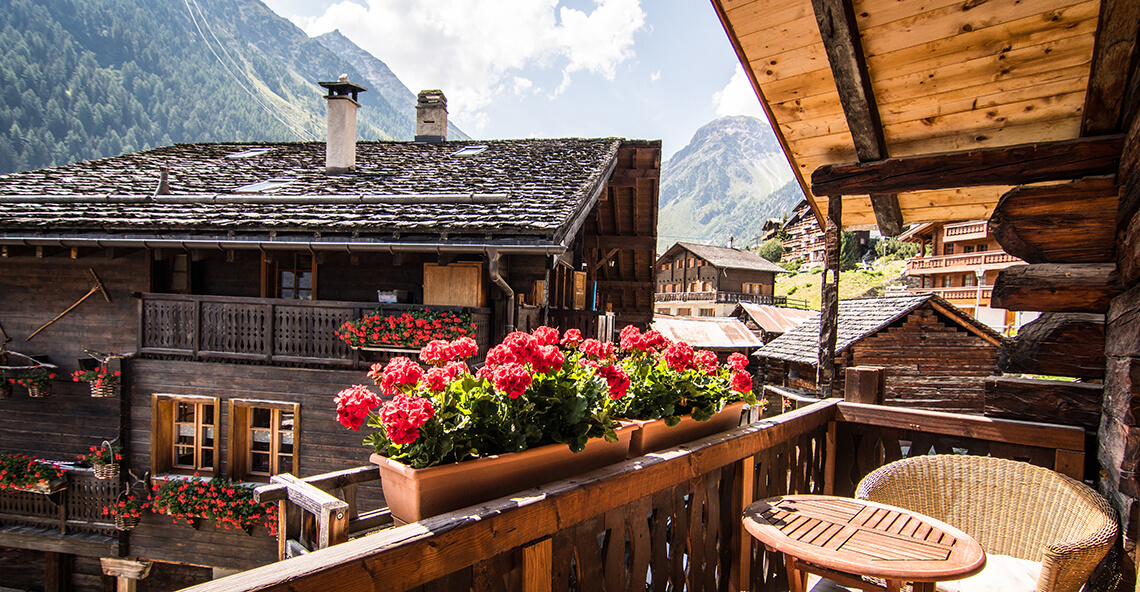
Stand Up Paddleboarding – Gear Guide

If you read our introduction to stand up paddleboarding (SUP) or are already an avid paddleboarder yourself, then you know just how open to interpretation this activity is. Paddleboarding can mean the ultimate workout, or just a lowkey lazy Sunday on the water, a spectacular journey to sights and swimming spots unseen, or a well-balanced yoga session.
Much of this adaptability is due to the wide range of well-designed gear available to the paddleboarder at a wide range of prices. Below is a simple guide to this gear, which will hopefully help readers put together their ideal kit, or at least help fantasize about a dream paddleboarding package.
The Board
Between hull types, fin shapes, board lengths and board materials, there is an overwhelming number of options when it comes to selecting a stand up paddleboard. And depending on which configuration you go with, prices can easily exceed $1,000. To test the waters before making such a sizeable investment, be sure to take a spin on as many boards as you can. Rent one for a day on the lake; take a friend’s board for a paddle; demo one at your local board shop; heck, watch a few YouTube videos to get a rough sense of how a particular board behaves in and out of the water.

Yes, out of the water. One of the most important features of your paddleboard might be its portability. Think about where you want to be able to paddle, and what equipment you have to get your board there. If you have jeep-truck with an extended roof rack, then the sky is probably the limit.

But if you drive a little Suzuki hatchback and still want to travel board-in-hand, then you might consider an inflatable board. For some solid all-around inflatables at an approachable price point, check out the Atoll 11’ and the GILI Komodo. The sleek, trendily painted Atoll features a 400 lbs. weight capacity, impressive for its own feathery 21 lbs., laminated PVC body, as well as 15 D-rings for on-board storage—even an included fiberglass paddle. The Komodo, meanwhile, is known for it’s best-in-class stability which, combined with its colorful, flowing design makes it the ideal mobile yoga platform.
If portability isn’t a factor—say you want to get a board for a lake house or you’ve got a beefy roof-rack—and you want a board with some serious performance, a rigid board will be able to keep up with all that you throw at it, season after season. Among this variety, the Isle Cruiser is a great example of a sturdy, rugged board that’s as accessible to beginners as it is impressive to veteran paddlers. The Cruiser’s deck features a durable, grippy surface for fisherfolks, yoga-doers and water-wanders to stand firmly on, while the underside’s slick plastic shell cuts cleanly through the water.

Obviously, this isn’t an exhaustive list of board options—but hopefully these excellent choices can be a starting point for your own journey to paddle-paradise. Also check out supboardguide.com for a good run down of all the paddleboard options.
The Paddle
There are a few less factors to contend with when selecting your paddle-but not that many fewer.
First, the height: for most purposes, a paddle (either fixed or extendable) should reach 8-12 inches above the top of your head, tip to tail.
Paddle materials range from aluminum alloys to fiberglass to carbon fiber—and ascend in price in that order. And as you move from aluminum to carbon, so too does the performance improve—the carbon fiber paddle is lighter and stiffer than the aluminum or the fiberglass. Again, the paddle you choose depends how you are going to use it. Taking a few strokes to get to a good lounge or yoga spot? The aluminum is the clear winner. Embarking on paddleboard marathons where speed and energy conservation are anything? It would be silly to not use the carbon fiber.
As for the blade at the end of the paddle, one could easily lose oneself in the minutiae of blade sizes, offset angles and profiles, but it boils down to this: a large blade is faster but harder on your body, while a small one is slower but easier—like gears on a bike. As we’ve now said too many times, the best way to find the balance that’s right for you is a) consider what/where/how intensely you’ll be paddling and b) try out some paddles.
For a tried and true entry-level paddle, check out the Woowave SUP paddle: it’s affordable, breaks down into three pieces for easy travel, and will whet your appetite without draining your wallet. For something a bit more rugged, take a look at the Abahub Adjustable Carbon Fiber Paddle. The shaft is super strong, but with just enough flex to take the strain of big pulls off your wrists and hands.

Jacket Time!
Last but certainly, absolutely, farthest from least, the life jacket. Paddling far off shore on a three-inch thick chunk of plastic can be risky business, especially if rough weather hits. Give yourself a little insurance, and always wear a personal flotation device. If you’re picturing an orange tube bent slung like a rubber goose over your neck, then it’s definitely time for an upgrade.

The Onyx Movement is well-built and includes several pockets and reflective trim to warn boats of your presence. Not only that, it will blend right in with your favorite outdoorsy raincoat. See GILI’s breakdown of the latest in PFD technology to get up to speed on all the ultra-safe and stylish offerings.






































